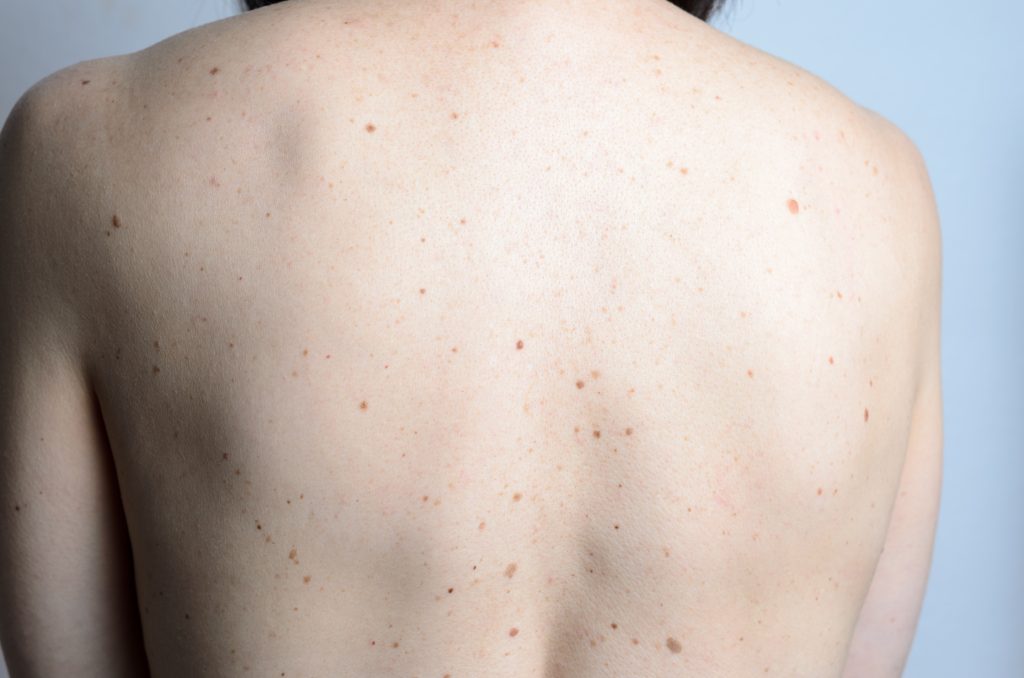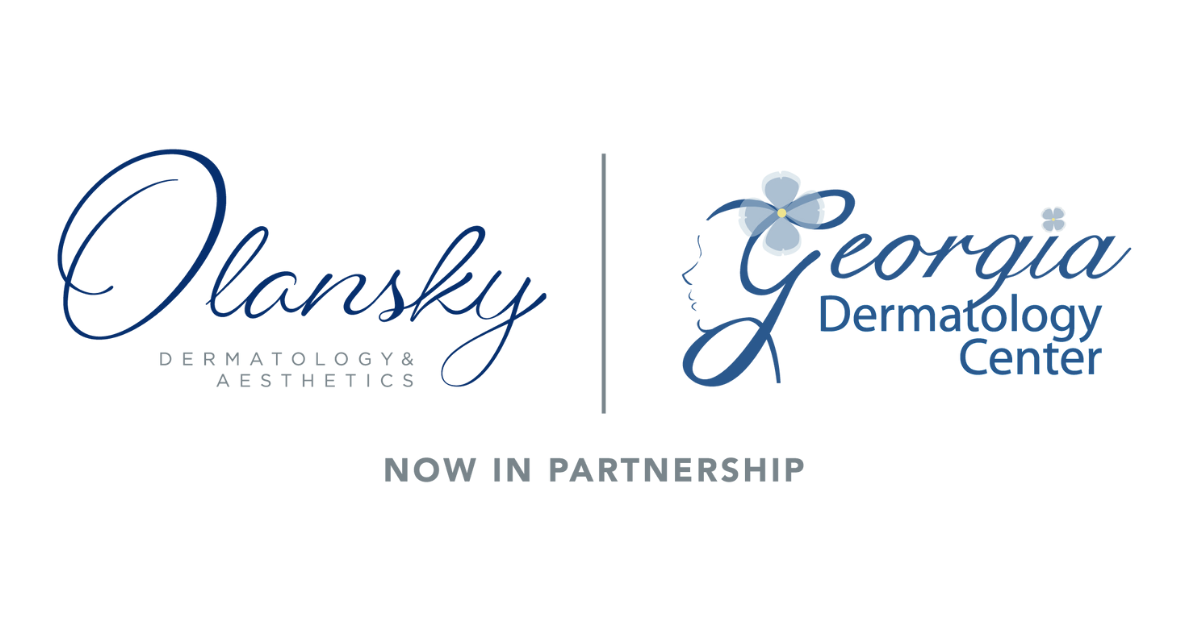 An atypical mole can come in many shapes and sizes. They often look different from other moles on the body. Atypical moles are usually larger, have more than one color, and may have uneven borders. Atypical moles may be found anywhere on the body, but are mostly found on the scalp and trunk. Atypical moles are also known as dysplastic moles or as precursor lesions, both non-cancerous.
An atypical mole can come in many shapes and sizes. They often look different from other moles on the body. Atypical moles are usually larger, have more than one color, and may have uneven borders. Atypical moles may be found anywhere on the body, but are mostly found on the scalp and trunk. Atypical moles are also known as dysplastic moles or as precursor lesions, both non-cancerous.
If you are concerned about a mole that has an asymmetrical shape, has a different color or texture, or just seems to have recently changed in some aspect, visit Dr. Alexander Gross or one of his PA’s at Georgia Dermatology Center for an evaluation. it is possible that it is an atypical mole but also could be something more serious and should be checked out.
While an atypical mole may resemble a melanoma, a type of skin cancer, they are usually not cancerous. However, an atypical mole may develop into a cancerous growth. Risk factors of developing melanoma include: the presence of multiple atypical moles (+50 on the body and a personal history of melanoma, and/or family history of melanoma. It is recommended you have an atypical mole examined by our Board Certified dermatologist like Dr. Alexander Gross to diagnose the status of the mole and conduct a biopsy to check it for melanoma or other types of skin cancer. Depending on the diagnosis and the evidence of risk factors, the atypical mole may need to be removed.
Have regular skins checks with your dermatologist at Georgia Dermatology Center at least once a year. Monitor existing moles for any changes, and watch your skin for new moles. A bleeding or itching mole,one that becomes scaly or crusty, or a mole that changes in shape, color or size should be evaluated right away. The ABCDE rule can be used as a guide to determine whether any changes are evident and an appointment is warranted.
Protection from the sun is key to safeguard the condition of your skin, particularly if you have any atypical moles or other evidence of sun damage. It is important to always apply sunscreen, and re-apply it regularly, wear a hat or visor, and wear sunglasses to protect your eyes and the delicate skin surrounding them. Avoid direct exposure to the sun when the rays are strongest during the day, usually 10:00 am to 4:00 pm. Protective clothing, such as long sleeves and long pants, light colors, or SPF treated articles are recommended if prime time sun exposure is unavoidable. Use of a tanning bed is highly discouraged.
Georgia Dermatology Center is located in Cumming, GA on the Northside Hospital-Forsyth campus. Dr. Alexander Gross has been serving the hospital and community for over 20 years. Dr. Gross treats many patients from the surrounding areas such as Johns Creek, Suwanee, Duluth, Buford, Alpharetta, and Roswell.
Monday 8AM-4PM
Tuesday 7AM-1:30PM
Wednesday 8AM-4PM
Thursday 8 AM-4PM
Friday 7 AM-1:30PM
Georgia Dermatology Center | 1505 Northside Blvd. Suite 1500 | Cumming, Georgia 30041 | Telephone: (770) 781-5077
Georgia Dermatology Center in Cumming, Georgia provides high quality dermatology services to patients in the North Atlanta area and many of the surrounding communities such as Alpharetta, Johns Creek, Roswell, Milton, Canton, Dawsonville, Suwanee, Buford, and Sandy Springs. With experience and training, our expert physicians and medical staff are dedicated to helping our patients correct skin conditions and diseases, as well as, achieving their beautiful skin goals.
Designed by InkThemes.com







